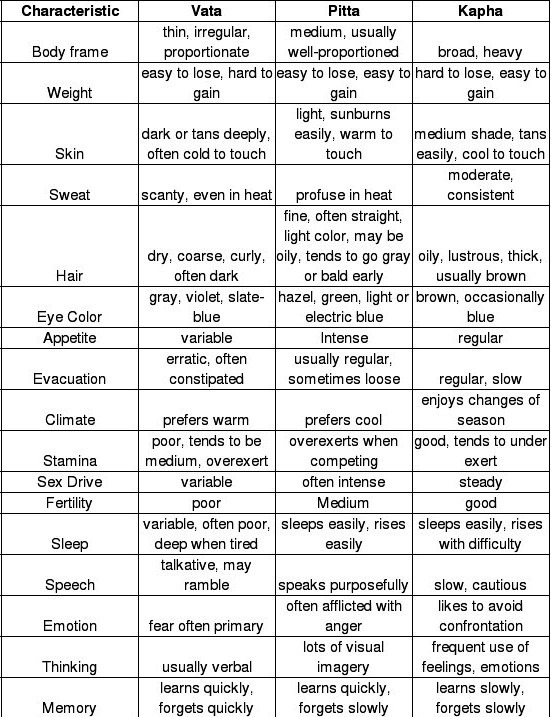Ayurveda, Diet, Health & Fitness, Yoga
What is Pitta Dosha?
According to Ayurveda, there are three primary life forces in the body called doshas. The doshas bind the five elements – air, ether, fire, water and earth into living flesh. In Sanskrit these are called Vata, Pitta dosha and Kapha Dosha. They are the active and mobile elements that determine the life processes of growth and decay. Dosha means that which darkens, spoils or causes things to decay – for when out for balance, they are the forces in the disease process.

What type of Pitta Dosha?
Pitta Dosha is a type of digestive juices but it is also poison. Pitta Dosha is a fluid that improves digestion, with its imbalance in the stomach complains of constipation and gas as well as the brain is also affected, so it is necessary to maintain balance. Its taste is bitter. Bile function is important in digestion.
This makes digestive juices active, as well as when it is in the gall bladder, it does not have the power to stop it from rotting, but by reaching the intestines, it prevents food from rotting early. Apart from this, it helps to remove the toxin from the body.
The Pitta dosha is formed in the liver and the cheeks are stored in bladder. It contains 80-90 percent water and the remaining 10-20 percent is salt, fat, muscus and inorganic salt. Pitta stimulates other digestive juices of the body, which means enhances their functioning. Therefore it is very important to maintain balance.
Pitta Dosha people are governed largely by the quality of heat, which gives them warm, soft skin which will generate freckles, rashes, pimples, moles and wrinkles more readily than Kapha or Vata dominant types.
They tend to dislike heat, preferring cold climates, enjoying winter sports, and gravitating to cooling foods (unless they have become addicted to the stimulation of hot, spicy food). They are efficient and precise in their mentation and physical orientations, and can be strong-willed, opinionated, and forceful with their ideas and actions. Their innate heat makes them easily irritated, tending to intolerance of disagreement and impatience with those who are less organized and efficient than themselves.
They love to eat, and do not tolerate hunger well. The value Pitta people place on regularity and perfection can lead them to a pattern of criticism of self and others, and the tendency to be completely focused on goal attainment often leads to a willingness to sacrifice everything else to the icon of achievement.
When balanced, Pitta’s natural heat creates courage; otherwise it results in anger, especially when they are hungry. Physical and mental heat creates most disease for pitta dosha types, and a balanced Pitta dosha is decisive, methodical, practical, and able to digest food, ideas and feelings in great measure.
Symptoms of Pitta Dosha :
Some of the symptoms caused by excess of pita in the body are hyperacidity, skin diseases, burning sensation, fever, infections, ulcers, liver disorders, excessive hair falls, oligospermia (low sperm count), azospermia (zero sperm count), premature ejaculation, excessive bleeding fibroids, etc .
Factors responsible for increasing Pitta Dosha:
- Our daily practices which involve lot of competition, habits like drinking too much tea, coffee, alcohol and excessive smoking, chewing tobacco increase pita in the body.
- It is also increased by eating hot, spicy foods, non-vegetarian foods
- Eating too much chilies, tomatoes, egg plant, spinach, onions
- Too much exposure to heat and sun, etc.
- To consume excessive amount of salt.
- Remaining empty stomach for a long time.
TABLE OF CONSTITUTIONS:
How to balance Pitta Dosha?
A Pitta dosha may be advised to:
- Keep cool
- Choose a Pitta dosha pacifying diet
- Be moderate in activities, especially during the Pitta times of day and year
- Avoid heat, over stimulation of any sort, anger and criticism
- Develop a preference for cooperation over competition.
- Avoid eating fatty foods.
- Drink plenty of water.
- Avoid excessive amount of salt.
- Regular excersise.
Thanks for Reading this post if you like this post please comment below and don’t forget to share it with your friends. It may help someone who need this information

